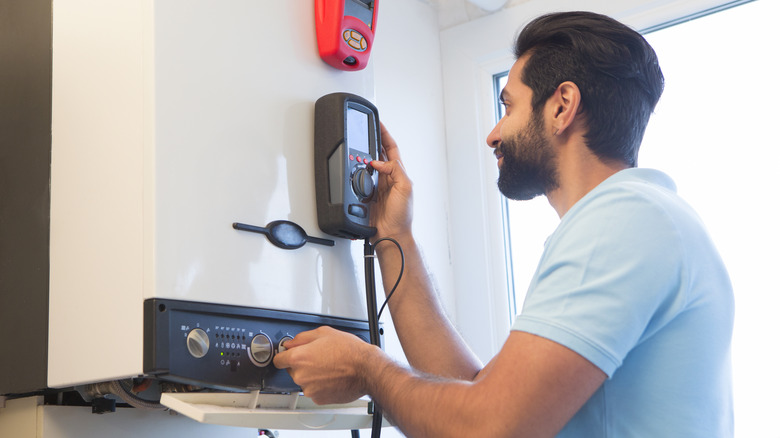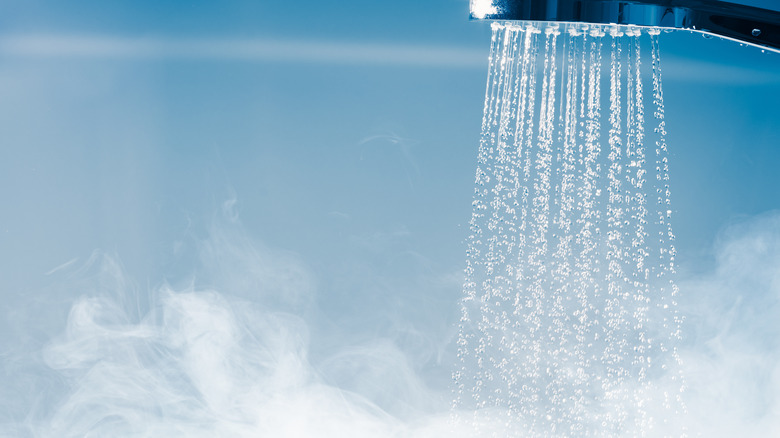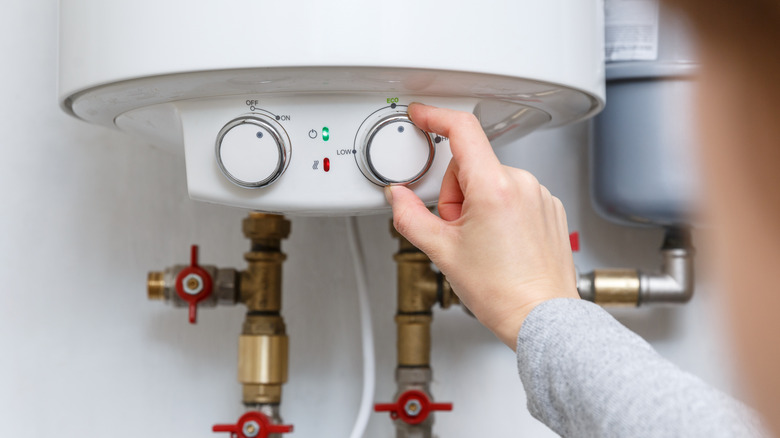What Is The Ideal Temperature For Your Hot Water Heater?
If your hot water heater is the right size for your family's bathing, cooking, and washing needs and works correctly, you may not give it much thought. However, this appliance can consume quite a bit of energy and potentially cause burns or scalds when the temperature is too high. You may not even know that you have control over the temperature of this appliance. In general, you should set your hot water heater's temperature to at least 120 degrees Fahrenheit. The U.S. Consumer Product Safety Commission (CPSC) and the Department of Energy (DOE) recommend 120 degrees Fahrenheit to prevent scalding and conserve energy, while the World Health Organization (WHO) recommends 140 degrees to kill Legionella bacteria.
Choose your setting based on your personal needs and the ages of the people who will be using the heated water in your household. Just keep in mind the default setting for most new hot water heaters is 140 degrees Fahrenheit — so you may need to make adjustments to your appliance. You can make a lot of mistakes when buying your hot water heater, but one of the biggest errors you can make when operating it is not dialing the temperature to the most appropriate setting after installation.
What to consider when setting your hot water heater to a higher temperature
Water that exceeds 120 degrees Fahrenheit can be dangerous for certain people, such as children or babies. According to the St. Louis Children's Hospital, a child could suffer a scald after 2.5 seconds of exposure to water at a temperature of 140 degrees Fahrenheit. Before giving babies or children a home bath, it's important to check the setting on the thermostat — just in case it's set at the 140-degree Fahrenheit default setting. Although most adults would be able to use that temperature for several minutes before suffering skin burns, it's dangerous for children under 5. Additionally, elderly adults are more susceptible than younger adults to skin burns and scalds from higher-than-average thermostat settings when bathing or showering.
Because hot water heaters need a source of energy to keep the water at the desired temperature, you will end up with a higher electricity or natural gas bill when the appliance's thermostat is at a higher setting than is necessary. Additionally, these appliances tend to suffer from additional corrosion and a greater build-up of mineral sediment when holding the tank at a higher temperature than average.
If your dishwasher does not preheat the water before running, you may want to use a higher-than-average temperature setting on the thermostat. In addition, if your bathtub or shower is located a significant distance from the hot water heater, a higher temperature can be a good idea.
Concerns with using a lower temperature setting on your hot water heater
You potentially could set your thermostat for the hot water heater as low as 105 degrees Fahrenheit. This may sound like a good idea for saving money on your utility bill and not having to worry about scalds when bathing the baby. However, there are reasons why 120 degrees Fahrenheit is the recommended minimum temperature to use. According to the Occupational Safety and Health Administration (OSHA), one is that water temperature of less than 122 degrees Fahrenheit provides a better environment for Legionella to grow inside the tank (between 95 degrees and 115 degrees Fahrenheit is their ideal water temperature for growth).
Of course, some people simply prefer a higher-than-recommended temperature for bathing and showering. If you don't have to worry about small children or elderly people bathing in your home, you can feel comfortable using a higher setting on the thermostat. If you want to adjust the temperature, check the user guide with your appliance for specific instructions. If you don't have instructions, as a general rule, most newer hot water heaters have a dial on a thermostat attached to the tank. Adjust the dial to the desired setting. Newer tankless appliances may have a digital thermostat control panel that you can use to adjust the temperature setting.



